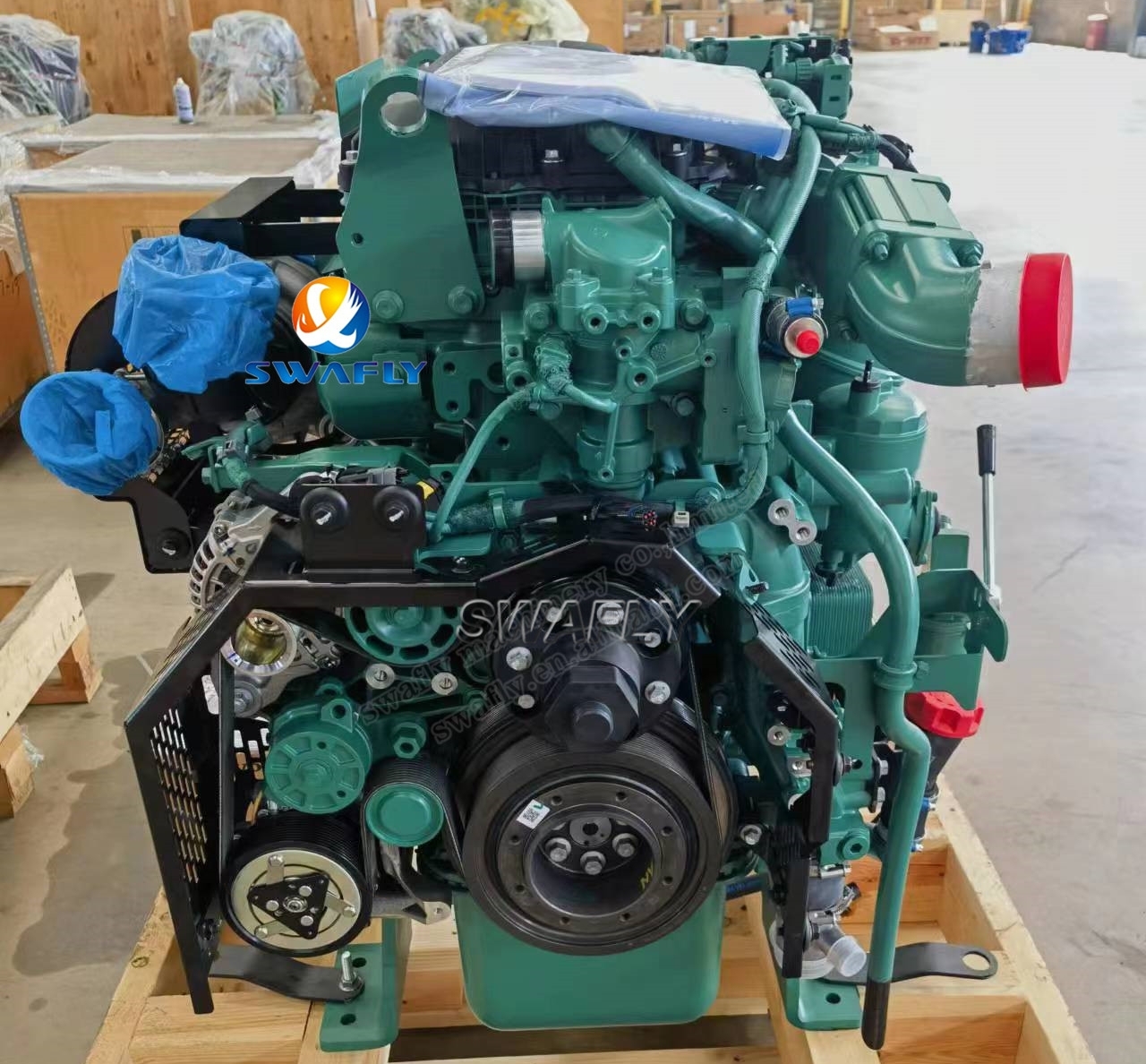
- English
- Español
- Português
- русский
- Français
- 日本語
- Deutsch
- tiếng Việt
- Italiano
- Nederlands
- ภาษาไทย
- Polski
- 한국어
- Svenska
- magyar
- Malay
- বাংলা ভাষার
- Dansk
- Suomi
- हिन्दी
- Pilipino
- Türkçe
- Gaeilge
- العربية
- Indonesia
- Norsk
- تمل
- český
- ελληνικά
- український
- Javanese
- فارسی
- தமிழ்
- తెలుగు
- नेपाली
- Burmese
- български
- ລາວ
- Latine
- Қазақша
- Euskal
- Azərbaycan
- Slovenský jazyk
- Македонски
- Lietuvos
- Eesti Keel
- Română
- Slovenski
- मराठी
- Srpski језик
Causes and Preventive Measures of Volvo Engine Cylinder Head Cracking
2024-10-10
Causes and Preventive Measures of Volvo Engine Cylinder Head CrackingVolvo engine cylinder head cracking, a common issue in the field of automobile maintenance, is caused by multiple complex factors. The cylinder head, as a critical component of the engine, endures a high-temperature and high-pressure working environment. Therefore, its cracking often indicates a severe impact on the normal operation of the engine. This article will delve into the causes of Volvo engine cylinder head cracking from various aspects, including design and manufacturing, usage and maintenance, and material selection.

I. Design and Manufacturing Factors
The design and manufacturing quality of the engine are significant factors influencing cylinder head cracking. In terms of design, if the engine’s cylinder structure is complex, with uneven wall thickness or low rigidity in some weak areas, these areas are prone to cracking under long-term high-load operation. Additionally, stress concentration can occur at the transition section between machined and unmachined areas, increasing the risk of cylinder head cracking when these stresses are superimposed with residual stresses from manufacturing.
During the manufacturing process, if the technological requirements are not strictly implemented, or if substandard raw materials are used, the quality of the cylinder head can be compromised. For instance, uneven tightening of cylinder head nuts, improper torque application, or unsuitable pressure during valve seat installation can all lead to cracking during operation.

II. Usage and Maintenance Factors
Improper usage and maintenance are also important contributors to engine cylinder head cracking. Firstly, in cold winters, if antifreeze is not used in a timely manner or cooling water is not drained after shutdown, it can freeze within the water jacket, causing frost cracks on the cylinder head. Similarly, in high-temperature situations, suddenly adding cold water to the internal combustion engine can induce excessive thermal stress in the cylinder block and cylinder head, leading to cracking.
Furthermore, incorrect disassembly or operation can damage the cylinder head. For example, accidental severe shock or collision to the cylinder or cylinder head during disassembly or installation can cause cracking. Prolonged overload operation of the engine or issues with the cooling system, such as excessive water scale or clogged water passages, can also result in locally high operating temperatures on the cylinder head, leading to cracking.
III. Material Factors
The selection and quality of materials are crucial factors affecting engine cylinder head cracking. If the thermal stress generated during operation is too high for the cylinder head material, such as when the internal combustion engine is operated under prolonged overload conditions, it can lead to cracking. Additionally, if the mechanical properties or chemical composition of the material do not meet the requirements, it can also result in cracking during use.

IV. Preventive Measures
To reduce the risk of engine cylinder head cracking, several preventive measures can be taken:
1. Optimize the engine structure during the design and manufacturing process to ensure uniform cylinder wall thickness, adequate rigidity in weak areas, and strict adherence to technological requirements using qualified raw materials.
2. Pay attention to the maintenance of the engine’s cooling system during usage, timely replacing antifreeze and cleaning water scale to avoid damage to the engine in cold or high-temperature environments. Avoid prolonged overload operation of the engine and ensure it runs at normal cooling water temperatures.
3. Follow proper operational procedures during disassembly or installation to prevent damage to the cylinder or cylinder head. Regularly inspect and maintain the engine to identify and address potential issues promptly.
In conclusion, the causes of Volvo engine cylinder head cracking are multifaceted, including design and manufacturing factors, usage and maintenance factors, and material factors. By understanding these causes and implementing appropriate preventive measures, we can effectively reduce the risk of engine cylinder head cracking and ensure the smooth operation of the vehicle.


